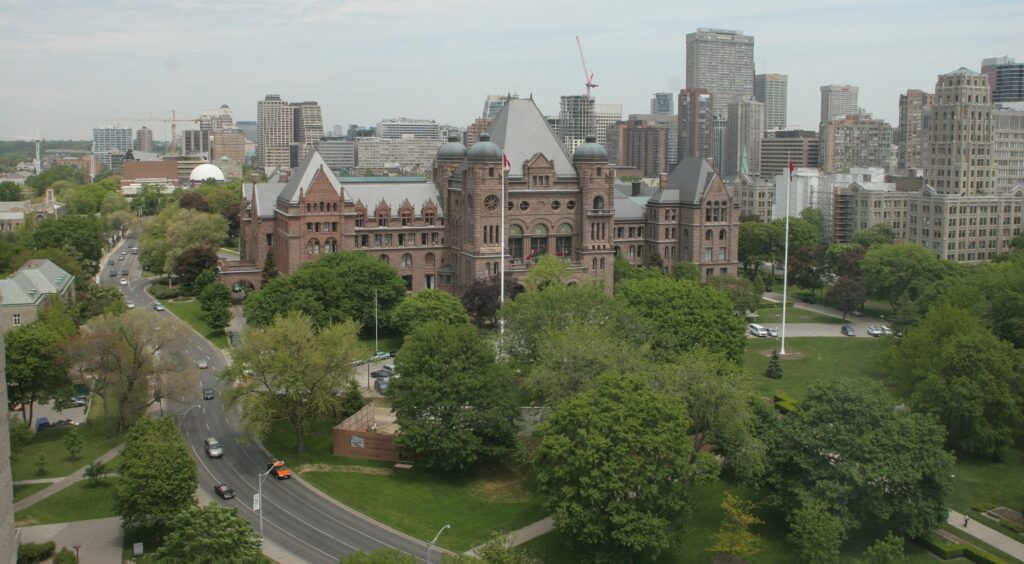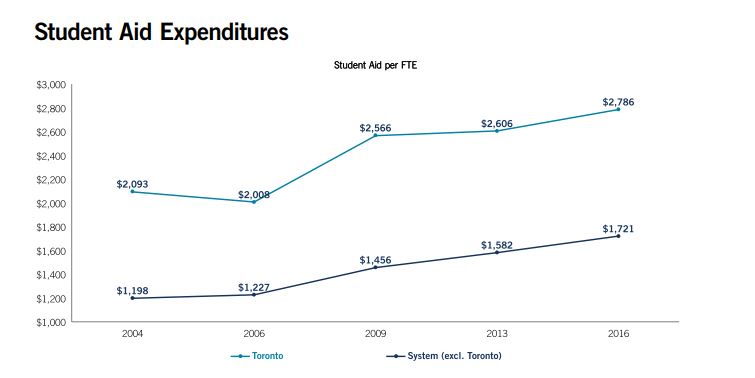Provincial Budget 2019: Government sets key directions

As the first budget of a new government, Ontario’s 2019 budget was highly anticipated and closely watched. Significant changes to the postsecondary sector were announced in January, establishing a 10 per cent tuition cut, and reforms to Ontario’s provincial student aid program.
In April’s budget, the government introduced a major shift in how universities receive public funding. University operating funding will be more closely linked to outcomes, including student success and research metrics. The government also announced an expert panel tasked with developing an action plan on post-secondary intellectual property, commercialization and research.
Here are three post-secondary sector highlights from the 2019 spring provincial budget:
A move to outcomes-based funding: The Ontario government provides universities with annual operating grants to fund university operations. For the past decade, the value of operating grants has declined by 11 per cent, requiring the university system to rely on tuition fees to support growth. At U of T, these grants represent approximately 25 per cent of the university’s annual operating budget in 2018-19, declining from 42 per cent in 2009-10. These operating funds will now be more directly tied to outcomes as measured against 10 specific performance metrics. Through the negotiation of strategic mandate agreements, 60 per cent of operating funding will be contingent on performance by 2024-25. Currently 1.4 per cent of operating funding is tied to performance.
Commenting on the changes, U of T President Meric Gertler said the university will be engaging with the government soon. “As an innovation and research powerhouse and a global top ten public university, U of T is delivering results for Ontario and driving social and economic development. We welcome the opportunity to work with the government to identify the appropriate way to capture these results.”
Funding for research and innovation: The provincial government has supported research, and research infrastructure, through several programs, including the Ontario Research Fund (which leverages federal funding), the Ontario Centres of Excellence, and organizations in the Ontario Network of Entrepreneurs. Though these programs are not specifically identified in the April 11 budget, the government announced that it is “committed to getting value for money from academic and other research institutions by consolidating and strengthening its policy and research capacity. Support will be targeted at those organizations that provide benefits for all of the people of Ontario.”
More information is expected on the direction of these programs, including through the development of Ontario’s “Open for Jobs Blueprint,” which is a plan to modernize Ontario’s business support programs. Programs focused on talent, research and commercialization, entrepreneurship, and growth and investment attraction are of particular interest to the University of Toronto and are key economic priorities that form the basis of the government’s strategy.
Student aid: Significant changes were made to OSAP to roll back the previous government’s “free tuition” program, which exceeded budgeted expenses significantly, as documented by the Auditor-General. The government estimates changes to OSAP, including lowering the family income threshold for grants, will lead to $325-million in reduced spending annually.
While provincial student aid spending will decline, the University of Toronto has a long-standing policy that no student will be prevented from attending due to a lack of financial means, and continues to enhance its institutional student aid program through university resources and donations from its community. U of T has more students from lower-income families than any other university in the province, with at least one quarter of all first-year students coming from families who earn $50,000 or less per year.
As illustrated below, the University spends more on student aid per student than any of its peers in Ontario.

In 2017 – 2018, the university provided $211-million in financial aid to undergraduate and graduate students, according to the university’s latest financial aid report. Almost 40 per cent of the university’s endowment is now earmarked for student support.
